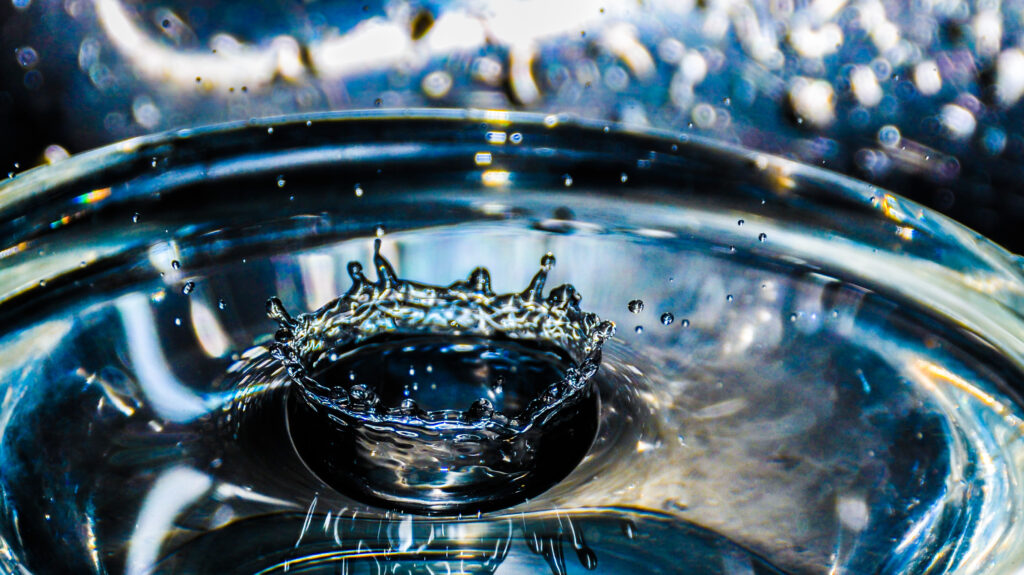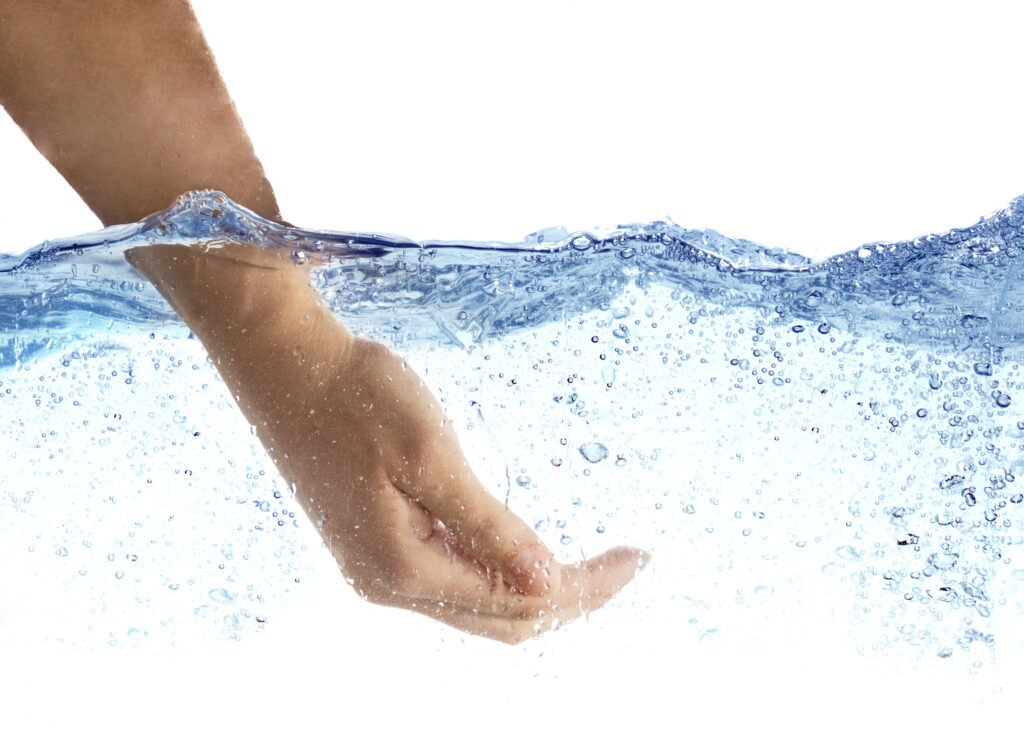Portable paper-based sensor enables water quality monitoring at-home
Innovative Nanoparticle Technology Promises Low-Cost and Sustainable Water Analysis
A team of researchers from the University of São Paulo (USP) has developed a groundbreaking portable sensor using laser-synthesized gold nanoparticles and paper that monitors water quality .
This innovative technology aims to revolutionize the production of chemical detection devices, allowing individuals to identify various compounds in liquids, including potential water contaminants, without the need for a laboratory setting.
The study, recently featured in the journal Sensors & Diagnostics and highlighted by the Royal Society of Chemistry, presents a cost-effective and environmentally friendly solution for monitoring water quality and beyond.
The sustainable solution for water

Photo: Pixabay
This disposable sensor, costing just over R$ 0.50 per unit, boasts a key advantage in its global accessibility and scalability. Unlike traditional methods that rely on labor-intensive processes, the sensor’s nanoparticles are fabricated using laser synthesis, eliminating costly manual handling.
The laser carbonizes paper’s surface, transforming cellulose into carbon, and the addition of a gold solution results in the formation of nanomaterial on the paper. These gold nanoparticles initiate an electrochemical reaction that detects specific substances within liquids.
The sensor’s simplicity, sustainability, and use of safe materials set it apart from conventional alternatives.
Versatile Applications

Photo: Pixabay
The applications of this technology are far-reaching. The researchers, led by Thiago Regis Longo Cesar da Paixão, envision the sensor being employed to monitor various chemical species, both in healthcare and environmental contexts.
The sensor’s affordability and user-friendliness could empower individuals to monitor water quality in their own homes, contributing valuable data for policy-makers.
For instance, it could aid in detecting substances like hypochlorite, commonly used in water treatment but potentially harmful in excessive amounts.
Toward Enhanced Capabilities

Foto: Pixabay
Looking ahead, the researchers have ambitious plans to enhance the sensor’s capabilities. They aim to merge two key fronts—nanomaterial synthesis and 3D printing—to develop advanced sensors.
This combination could lead to applications in medical analysis, such as glucose level measurements, or collaboration with tech giants like Google, Microsoft, and Samsung for real-time monitoring in wearable devices.
Collaborators
Contributing to the study’s success were a team of dedicated researchers, including Helton P. Nogueira, Iana Vitória Spadini Arantes, Jéssica S. G. Selva, Juliana L. M. Gongoni, Mauro Bertotti, Vanessa Neiva de Ataide, and Wilson Akira Ameku. Their collaborative effort and innovative approaches drove the development of this groundbreaking technology.
For more information, read the original article published by Agência FAPESP under the Creative Commons CC-BY-NC-ND license. The full research paper can be accessed at https://pubs.rsc.org/en/content/articlelanding/2023/SD/D2SD00176D.


